How to plant and care for a hellebore outdoors
The hellebore is an amazing plant. It resembles a group of closely growing flowers on thin stems. Its other names are Christmas rose, Christ's flower, helleborus. The hellebore belongs to primroses and amazes with its beauty and abundance of colors. Budding usually begins in March, and the flower serves as a real decoration for flower beds from which the snow has not yet melted.
Many gardeners find the hellebore capricious. He requires careful care and picky enough to the landing site. But if you follow the rules of cultivation, for many years, on your first visit to the country, you will enjoy the amazing beauty of primrose flowering.
Varieties and varieties
The hellebore is a perennial belonging to the buttercup family. The plant is resistant to freezing (some species tolerate up to -35 ° C) and is able to tolerate drought due to its powerful root system. It stretches up to 50 cm in height, the flowers are located on a bare peduncle, the petals are most often painted in pastel colors.
Under natural conditions, hellebore is found in the forests of Adygea, in the west of Asia, in the Mediterranean and the Caucasus. Today there are 22 known plant species.
Optimal conditions for growing hellebore:
- partial shade (some species grow well in the light, but for this they should be watered regularly);
- moist soil with a neutral or slightly alkaline reaction.
Species grown outdoors
In floriculture, only five species of hellebore are cultivated. Each of them has its own characteristics that must be taken into account when choosing material for planting in the garden.
The hellebore is black. A distinctive feature of the species is large non-drooping flowers, white or with a pinkish tinge. The Rhaesokh variety, which belongs to this species, blooms in the last decade of November, so that even in late autumn the garden will not look dull. The black hellebore has a pronounced resistance to low negative temperatures and is able to withstand frosts down to -35. The species is most common in the south and central part of Europe, where it blooms in December, January and February. In the middle lane, the bush blooms immediately after the snow melts, usually this period occurs in April.
The hellebore is Caucasian. It is very poisonous, the peculiarity of the species is yellow flowers, which sometimes can have a greenish or brown tint, and beautiful leaves that delight the eye all summer, and sometimes in the winter months (more often the foliage dies off for the winter). In nature, the species is found in Greece, Turkey and the Caucasus, blooms immediately after the snow melts and is used as a means of promoting weight loss, as well as to cleanse the body of toxins and toxins. The plant contains cardiac glycosides.
Eastern hellebore. It is characterized by increased winter hardiness on the one hand and susceptibility to fungal diseases on the other (black spots often appear on the leaves). The development of diseases is facilitated by growing the plant in a warm and damp climate. Eastern hellebore blooms in March and April with purple, white, pink or cream flowers 5 cm in diameter. The juice of this type of hellebore often leaves burns on the skin. The most spectacular representatives are considered the varieties Hybrid Ballard and East Montsegur.
The hellebore is smelly. Despite the name, the flowers of the species have a very pleasant aroma and are colored green.
The hellebore is hybrid. Popular varieties of this species are Violetta, Belinda, Queen of the Night, they are not whimsical to growing conditions, they bloom later than other species.
Currently, the most common are Caucasian, hybrid and black hellebore. In order to choose the right species, plant and care for the plant correctly, it should be taken into account that the black and hybrid hellebore tolerate transplantation better than other plant species.
Landing
Direct rays of the sun oppress foliage. Accordingly, the ideal place for a hellebore is a humus-rich land in partial shade, under trees, where there are many rotten leaves. The correct planting conditions will ensure active flowering every year. It is advisable to immediately plant the plant in a permanent place - the culture will develop without transplanting for many years, 10 or even longer. But the hellebore does not tolerate the resettlement procedure.
The substrate must hold water well, since the perennial is very sensitive to its deficiency. In this case, the best soil will be without clay particles, not heavy and not caked. If the soil on the site is acidic, then be sure to neutralize it with slaked lime, chalk or dolomite flour.
The timing of planting hellebore is different, but it is highly desirable that there is no threat of frost or freezing of the ground. Resistance to them in a perennial appears only after it takes root and gets stronger.
Landing rules:
- Prepare shallow pits about 25cm by 25cm, which is almost twice the size of the roots in an earthen coma. There must be a distance of at least 30 cm between the plants.
- Place a 5 cm layer of sand at the bottom of the hole to drain it. This rule cannot be neglected - this way rotting of the root system is prevented with an excess of moisture in the soil.
- Pour compost or fertile soil (compost and forest soil in equal proportions) on top of the drainage layer.
- Place the hellebore in a hole along with a lump of earth, then sprinkle with soil on all sides, squeeze and water abundantly.
Root moisture should be abundant for three weeks, but water stagnation and overflow should not be allowed.
Care
The hellebore is undemanding to growing conditions, and therefore no special care is required for it. In order for a perennial to grow and develop well, systematic watering, mulching of the earth and several dressings are enough.
Care rules:
- Comfortable growing conditions are provided by mulching the soil around the plant with compost, sawdust, peat or leaf humus. It is recommended to carry out the procedure after the hellebore has faded.
- Before flowering, you need to cut off old leaves. This will serve as the prevention of fungal diseases and at the same time increase the decorative effect of the perennial.
- After each watering, it is necessary to loosen the soil, which will allow air to flow freely to the root system of the hellebore.
Advice
Open ground and an apple tree as a neighbor are best suited for growing a hellebore. Its fallen leaves accumulate the set of nutrients required by the plant, and the crown provides the necessary shade.
Top dressing
Additional nutrients allow the hellebore to bloom very effectively, and its leaves to develop well. In early spring, double superphosphate and bone meal are recommended.
To stimulate growth, foliar feeding (spraying) with microelements is recommended. It should be done after good weather has been established with clear, dry days.
Advice
It is not recommended to feed the hellebore with nitrogen fertilizers.
The hellebore will like spring feeding with complex mineral fertilizers, they stimulate growth, strengthen the plant's immunity, make it almost immune to pathogens.
The accelerated growth of the root system will provide the introduction of bone meal or ash in the amount of 200 grams per square meter of soil once a month.
Reproduction
The hellebore is settled by the seed and vegetative method (using division). Each method has its own limitations and merits.
Seeds. Old hellebore seeds lose their germination, therefore, only freshly harvested seed material should be purchased, it is embedded in well-drained, light soil to a depth of one and a half centimeters. Flowers on a hellebore that has grown from seeds will not appear until the third year.
The grown seedlings require several picks. It is recommended to replant the plant to a permanent place two years after sowing the seeds. The best time for the procedure is September.
By division. After the plants have faded, you can divide the bushes into several parts. The cut sites must be powdered with charcoal so that pathogens do not penetrate through these areas. Parts of the hellebore should be planted permanently in pre-dug holes.
What method of resettlement will be optimal depends on the type of hellebore. For example, oriental and black are best propagated by dividing the rhizome or bush (vegetatively). At the same time, it is recommended to divide the eastern hellebore in the fall, and the black one - in the spring.
Important
The smelly hellebore does not tolerate the vegetative way. This type of plant reproduces excellently by self-seeding.
Diseases and pests
The fungus Coniothyrium hellebori is dangerous to hellebore leaves. The disease manifests itself in the form of dark spots. Sick leaves must be cut off, and the bush itself must be treated with a systemic fungicide.
Downy mildew often affects the plant, the symptoms of which are brown spots on the surface of the leaves. At the same time, a dirty white bloom appears on the leaves below. Young leaves stop growing, they are deformed.
For effective control of powdery mildew, the remains of diseased plants must be destroyed, and the lower surface of the leaves must be treated with fungicides that contain copper. Thinning of crops, excluding thickening, is a good prevention of the onset of the disease.
The old hellebore, which has been propagated by division, is most often affected by viruses. It is useless to treat diseased plants, it is important to remove and destroy them as soon as possible in order to protect neighboring bushes from death.
Interesting fact
In ancient times in Europe, it was believed that the hellebore protects against the evil eye and witchcraft - therefore it was planted at the entrance to the house. And by December 25, they brought it into the house as a decoration and a symbol of the Christmas star.
If brown-black spots with a weakly expressed ring pattern appear on the leaves, this indicates that the plant is damaged by anthracnose. Over time, the spots merge, and the diseased leaves dry out, later the stems of the hellebore are affected. The optimum temperature for the spread of anthracnose is + 22 ° C and high humidity. The affected parts of the plant must be removed and burned, the remaining ones must be treated with 1% Bordeaux mixture or any other fungicide that contains copper. It takes 2-3 sprays with an interval of 2-3 weeks between them.
Cultural pests:
- snails;
- aphid;
- rodents (mice);
- slugs;
- caterpillars of the hop fineworm.
Pest control measures are limited to the use of systemic insecticides in accordance with the manufacturer's instructions.
Symptoms of aphid damage to hellebore are curly and yellowing flowers, foliage and buds. In case of an invasion of a large number of aphids, sticky secretions are visible on the plants.
Aphid control methods:
- For reproduction, it is necessary to take exclusively healthy queen cells.
- Remove anthills from the site: their residents graze aphids and contribute to an increase in its number.
- In case of mild damage to aphids, it is enough to wash off with soapy water.
- If there are a lot of insects on the plant, then the affected flowers and leaves must be removed.
- It is recommended to treat hellebore bushes twice or three times with an insecticide, for example, "Tanrek", "Fufanon", "Aktara", "Biotlin". An interval of 7-10 days should be maintained between treatments.
The hellebore is a fairly unpretentious and very effective flowering perennial.It will require special attention only for the first time, until the seedlings are properly matured, and is also very sensitive to errors in watering. This problem is solved by good drainage. A little neatness, and your garden will be adorned with unforgettable hellebore stars throughout the winter or when the snow just melts.
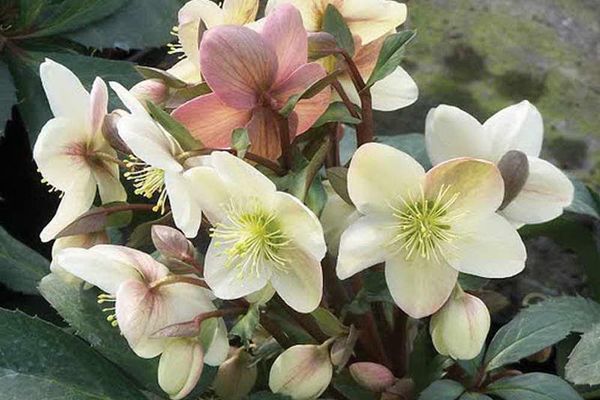
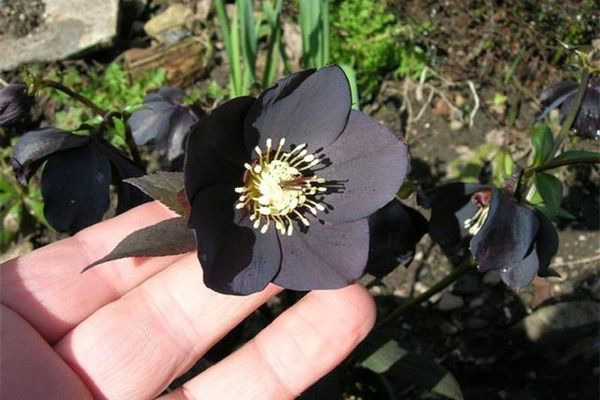
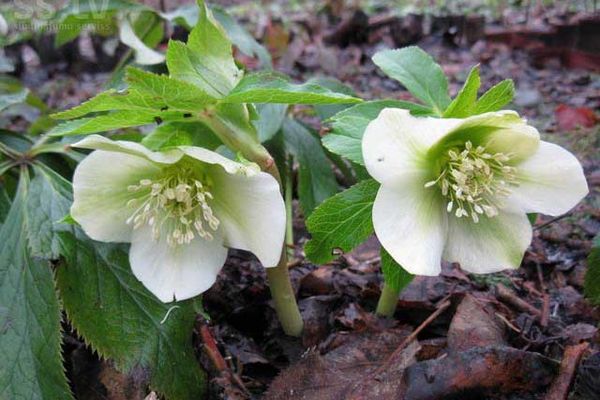
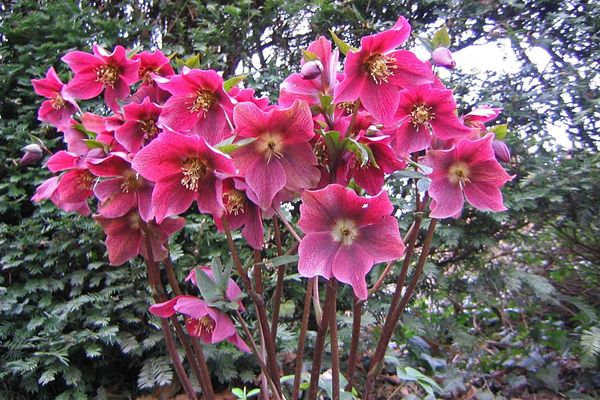
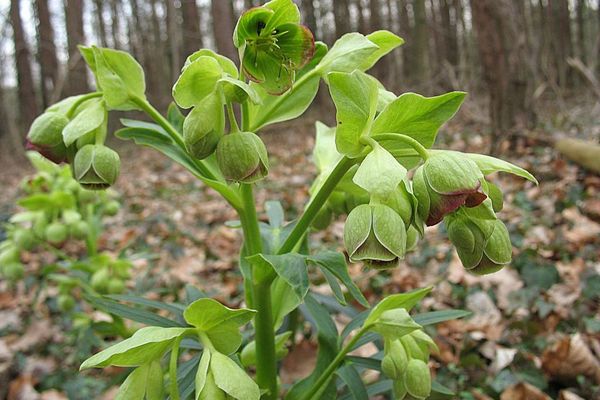
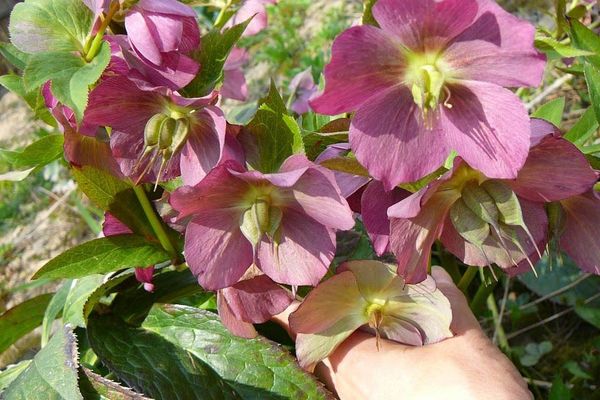

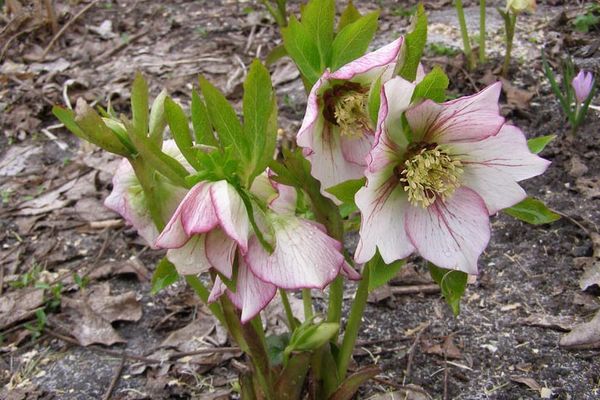
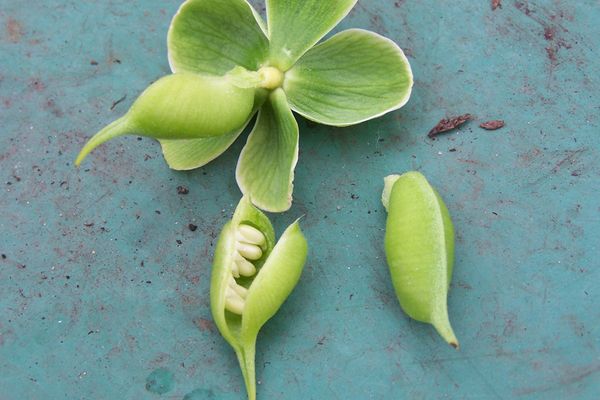
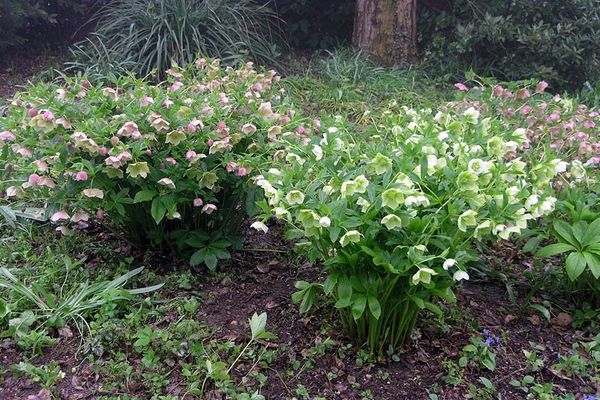
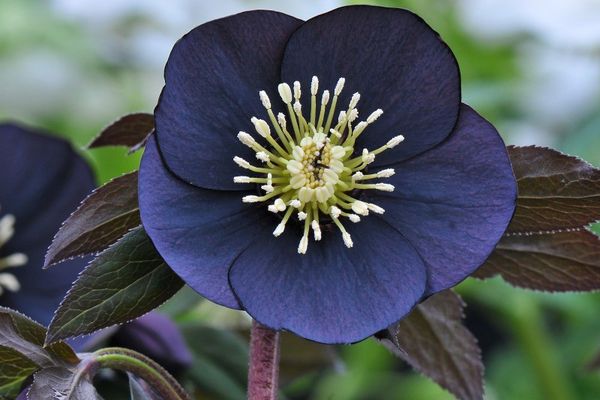
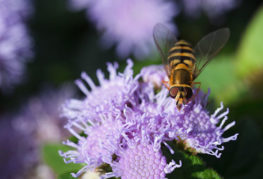

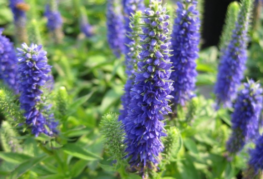
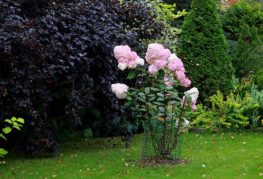
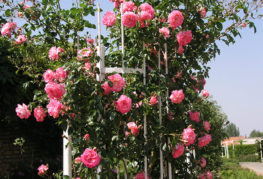
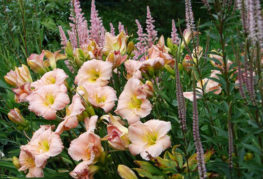
and will be published shortly.